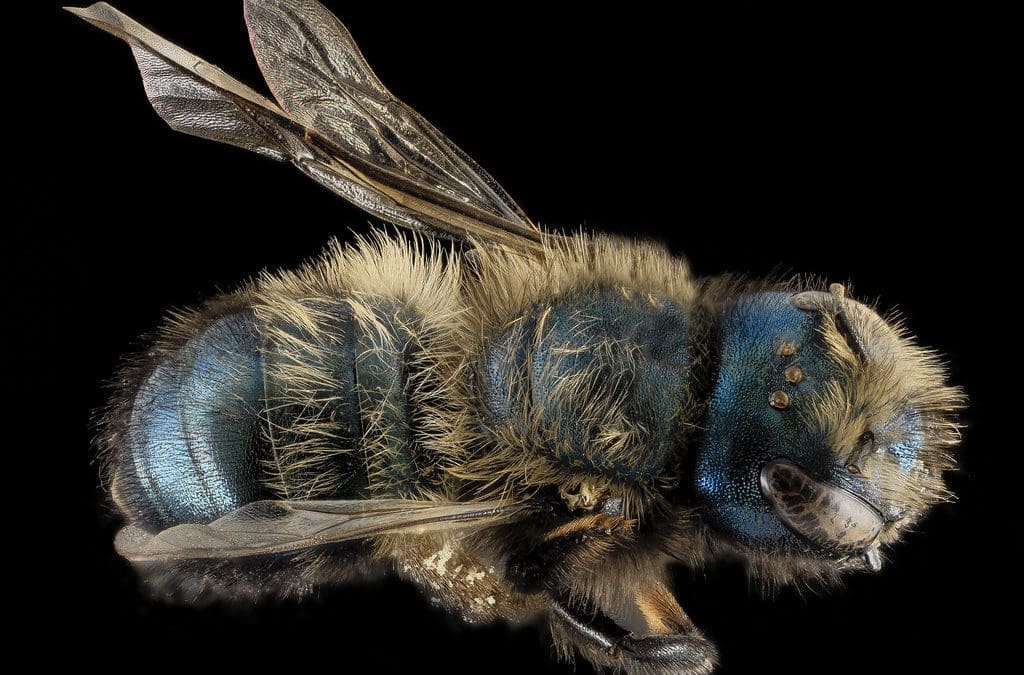
by Shadow Habitat | Apr 13, 2022 | Native animals
Blue Orchard Bee – Osmia lignariaWhat’s blue, beautiful, beneficial, and buzzes? The blue orchard bee. Native to the US and Canada, these little bees become active in early spring and get right to work pollinating some of our favorite plants. They are known to...
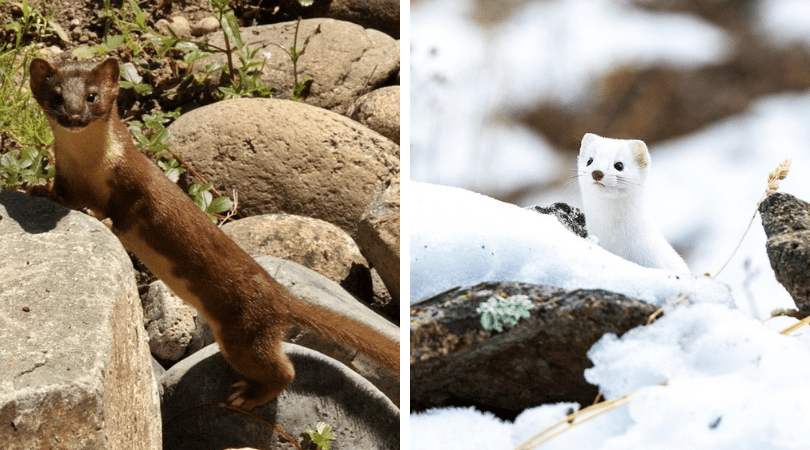
by Shadow Habitat | Feb 28, 2022 | Native animals
Long-tailed weasel – Neogale frenata Perhaps the word carnivore conjures a specific image to your mind. Lions, tigers, and bears, oh my! But carnivores, mammals belonging to the order Carnivora and specialized in eating meat, come in all shapes and sizes. A...
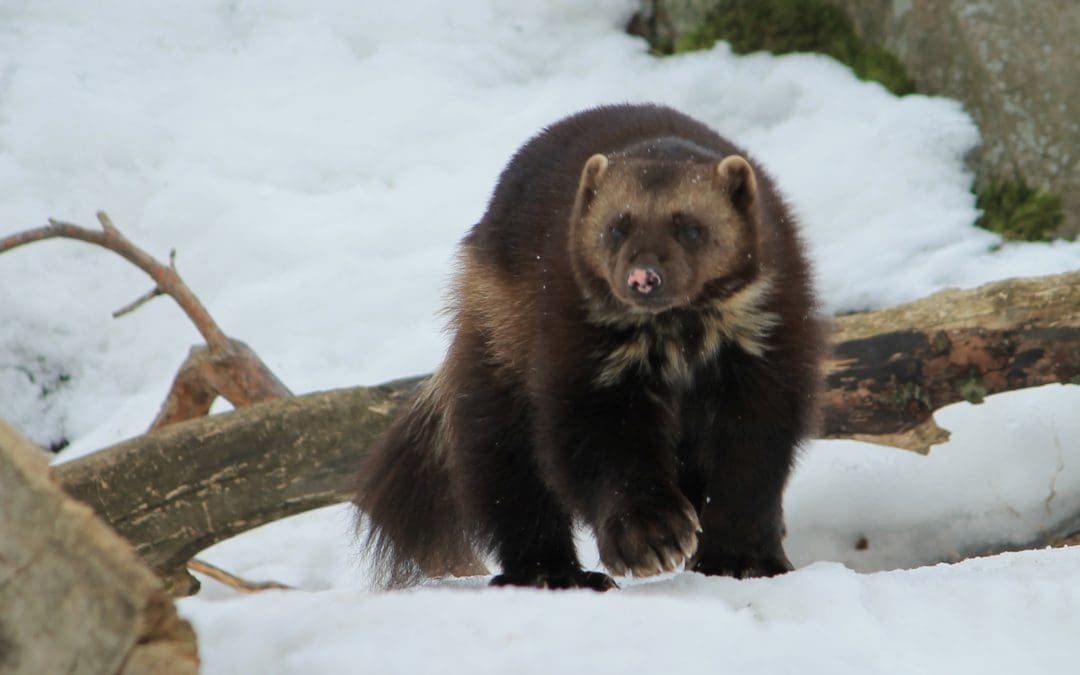
by Shadow Habitat | Jan 28, 2022 | Native animals
American wolverine – Gulo gulo luscus Yes, wolverines live in Washington! In the alpine and subalpine forests of the Cascades, wolverines make their dens by passing through deep snow, into rock crevices, or under large...

by Shadow Habitat | Nov 17, 2021 | Native animals, Native plants
Mushrooms never cease to amaze us. Laccaria amethystin, or amethyst deceiver, is no exception. They can be found in broadleaved and coniferous woodlands among the leaf litter in the Pacific Northwest between late summer and autumn. The caps of this striking purple...
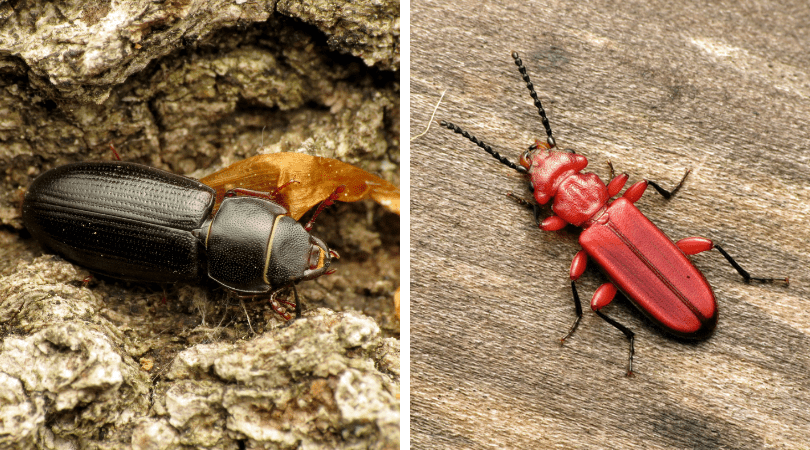
by Shadow Habitat | Sep 20, 2021 | Native animals
Bark BeetlesBark beetles are both friends and foes. They are native decomposers, pollinators, and food for wildlife in Washington state forests, but they also cause tree mortality which is exacerbated by climate change. Bark beetle species in Washington include red...
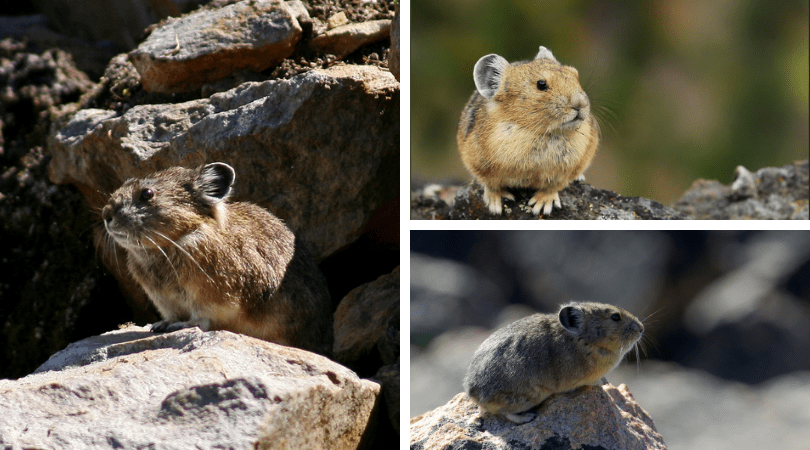
by Shadow Habitat | Jul 29, 2021 | Native animals
American Pika- Ochotona princepsThe American pika lives in high elevation, cool climate areas west of the Rocky Mountains including places like Mount Rainer National Park. Typically found above the tree line, they live on rock faces and cliffs near the...








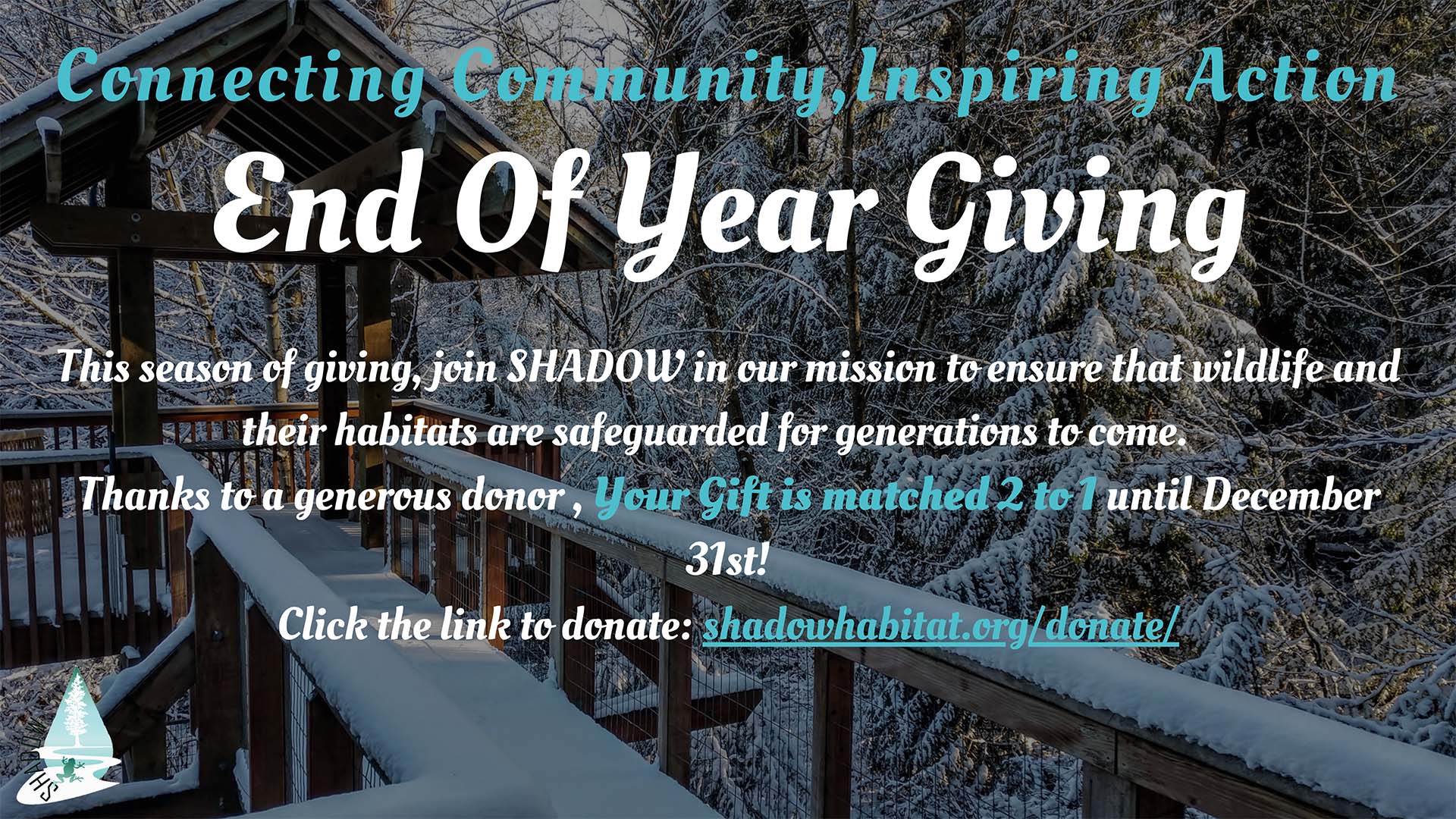
Recent Comments